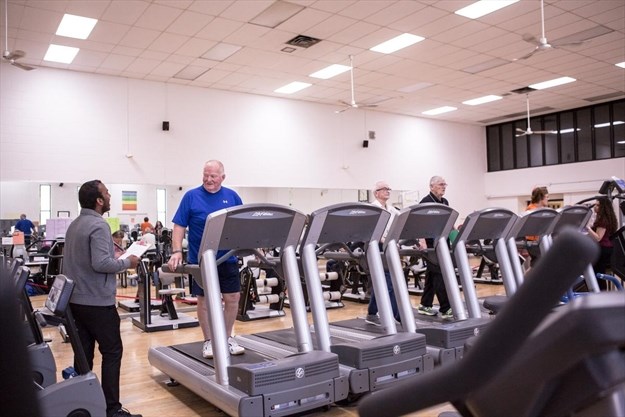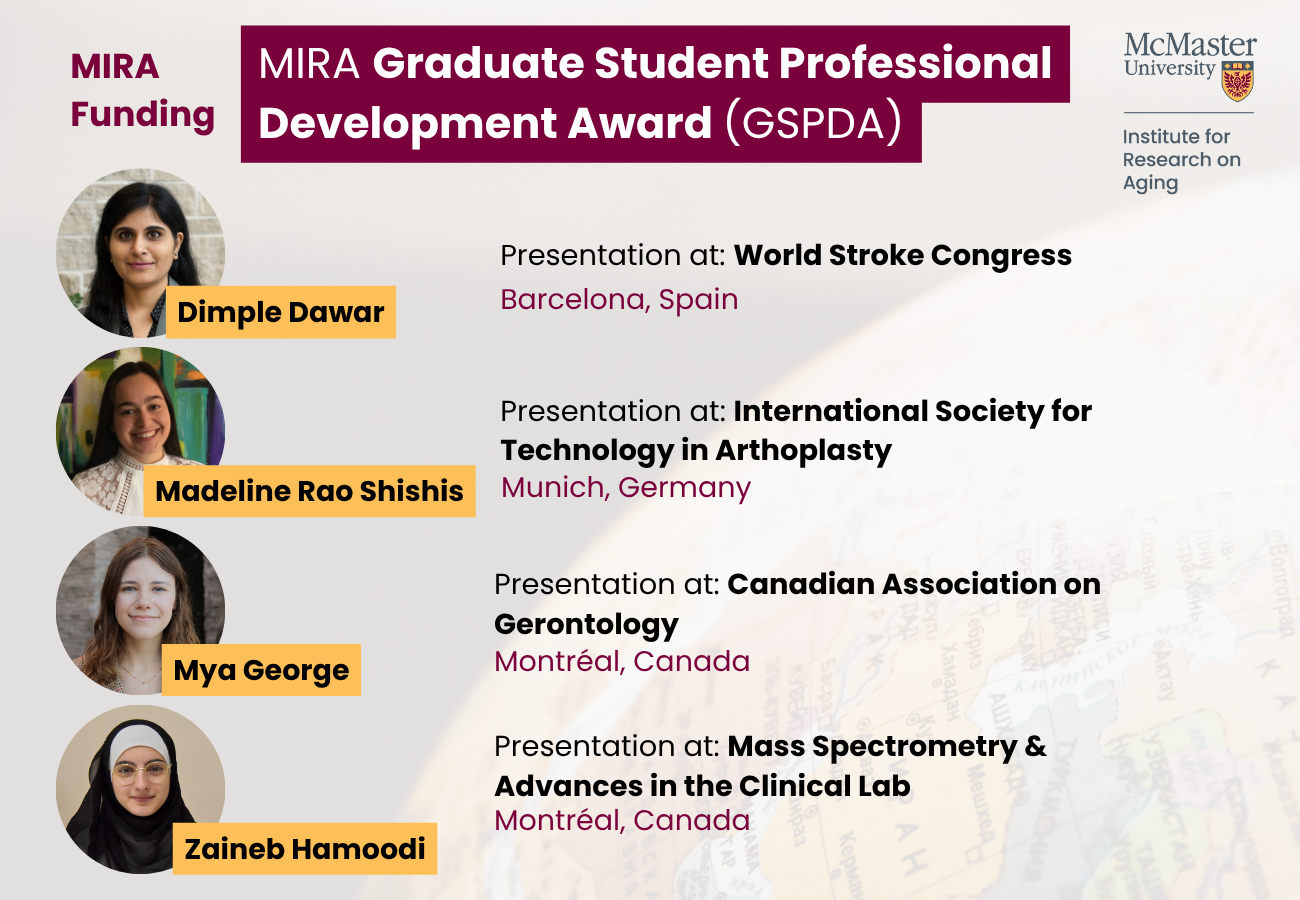 Researchers found older adults in the high-intensity group had a substantial increase in what’s called high-interference memory, which allows someone to recall whether they took their pills that day. – Paulina Rzeczkowska,The Canadian Press
Researchers found older adults in the high-intensity group had a substantial increase in what’s called high-interference memory, which allows someone to recall whether they took their pills that day. – Paulina Rzeczkowska,The Canadian Press
Published: October 31, 2019 | By Cassandra Szklarski
Researchers at McMaster University studied the impact of exercise on 64 sedentary but otherwise healthy older adults between the ages of 60 and 88 for 12 weeks.
The subjects were divided into three groups — one took part in treadmill sessions that pushed their heart rate to 90 to 95 per cent, another engaged in moderate-intensity treadmill sessions that peaked at 70 to 75 per cent of their heart rate, while the third group just stretched.
​
Lead author Jennifer Heisz says the findings have widespread implications for treating dementia, a disease that affects approximately half a million Canadians and is expected to rise dramatically over the next decade.
“You can’t change your genes but you can change your lifestyle,” Heisz, an associate professor in the Department of Kinesiology at McMaster University in Hamilton, said Thursday.
“It’s never too late to start. These seniors were sedentary, they weren’t exercising and we were able to improve their memory in just three months. I think that’s pretty amazing.”
The groups were carefully monitored through warm-ups and cool-downs, and the exercises did not involve jumps or tasks that more aggressively tested balance.
The high-intensity sessions included four sets of exercise on a treadmill for four minutes, followed by a recovery period. The moderate protocol included one set of moderate-intensity aerobic exercise for about 50 minutes.

The groups were carefully monitored through warm-ups and cool-downs, and the exercises did not involve jumps or tasks that more aggressively tested balance. – Paulina Rzeczkowska , The Canadian Press
Researchers found older adults in the high-intensity group had a substantial increase in what’s called high-interference memory, which allows someone to recall whether they took their pills that day or distinguish one new acquaintance from another of similar appearance.
While those in the moderate exercise group did not display improved memory after their sessions, Heisz did not discount the possibility that less-intense workouts could improve brain health if it extended beyond the study’s 12-week time period.
She also noted that improved fitness in general was directly correlated to improved memory performance.
Still, Heisz said the biggest and more immediate brain boost undeniably comes from more intense exertion, even if the workout is shorter than a more moderate one.
“It seems to be really linked to aerobic exercise. Cardiovascular fitness — walking, running, biking — something that’s good for your heart is also good for these new brain cells.”
She stressed the importance of tailoring exercise to a senior’s fitness level, noting that adding intensity can be as simple as increasing speed or adding hills to a daily walk.
A good cue to knowing you are pushing your heart rate is the “talk test.” Heisz says the harder it becomes to talk, the more your heart is working.
“High intensity for you is different than it is for me, it’s very personal and it involves an exertion — you feel comfortable with your heart rate increasing but you don’t feel it increasing,” she said.
The study was published Wednesday in the journal Applied Physiology, Nutrition and Metabolism.
A copy of the study is available at http://dx.doi.org/10.1139/apnm-2019-0495.
This article was first published by The Hamilton Spectator. Read the full article here.

